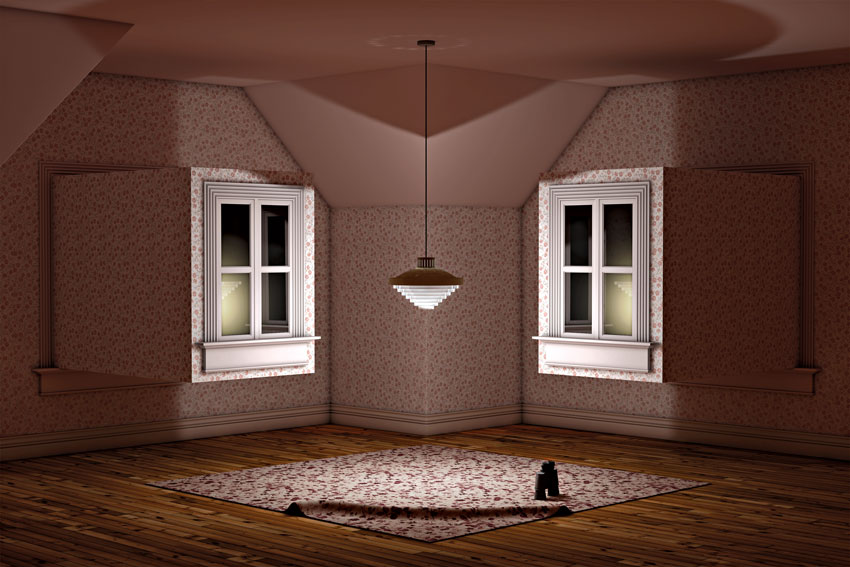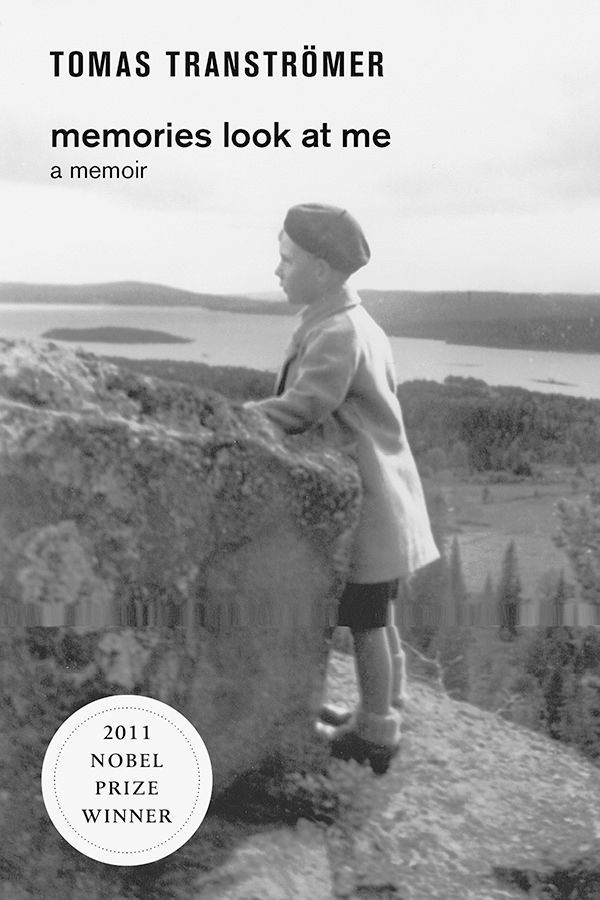
From In the Slender Margin: The Intimate Strangeness of Death and Dying. Published by Patrick Crean Books, an imprint of HarperCollins Publishers Ltd., in 214.
In the end, we breathe from our reptilian brain, the part of the brain possessed by the reptiles that preceded mammals roughly 2 million years ago. Breathing, heart rate and the fight-or-flight mechanism are controlled by the part of our brains also found in lizards, crocodiles and birds. The impulses of the brain stem, lacking language, are instinctual and ritualistic. During the process of natural death, the reptilian brain guides the body through the complex process of shutting down, turning out the lights, slowing down the lungs until the last breath is taken.
It has been noted that when mountain climbers are in danger of falling, this brain takes over; the eyesight intensifies and the feet miraculously take the right steps. Could it be that our reptilian brains help us to step miraculously towards our deaths? The American neurologist Paul MacLean theorizes that we have not one brain but three: the reptilian brain, symbolized by cold; the mammalian brain, by warmth; and the new brain, whose symbol is light. The gold light around Buddha’s head in statues is an attempt to show he is living in his new brain. Some Tibetan meditators of the thirteenth century, says Robert Bly, were able to read in the dark by the light given off from their own bodies.
It is not uncommon for there to be periods of agitation shortly before death. People often try to rise from their beds as if they have to get somewhere. When they are too weak to get up, they might reach with their arms towards something only they can see, pinching their index finger and thumb together repeatedly in an effort to catch whatever is floating by them. In clinical terms, it is known as pre-death restlessness and is diagnosed by the medical profession as a kind of delirium brought about by physical changes. When my friend’s husband was close to death, he pumped his arms as if about to fly. Some doctors differentiate toxic delirium, an altered state caused by pain medication and other drugs, from terminal delirium, which is seen as part of the dying process. Either way, the medical profession sees delirium as a physiological problem possibly caused by some unknown source such as dehydration, electrolyte imbalance or the release of endorphins or other brain chemicals shortly before death.
I’m not so sure.
Over time, it began to appear to me as if the dying were venturing out on a kind of test flight; as if they were working hard to figure out how to leave the body. Episodes of agitation were offset by periods of deep stillness, periods in which family members would comment that it felt as if their loved one was not there. It was as if the silver cord, in the book of Ecclesiastes, binding the spirit to the body, were stretching farther and farther until it finally snapped. Other than The Tibetan Book of Living and Dying, there are few manuals on how to leave the body—the container that houses all that we are; it’s up to each of us to figure it out. “How,” one man asked, “will I know that I am dead?”
Imagine the dying as test pilots: figuring out ways to best recover from spins, breaking the sound barrier, flying straight towards the sun, bailing out when the plane is going down.
Of course, things don’t always go as planned. One afternoon I went with a nurse to the home of a man who was extremely restless. As much as possible, a nurse and a counsellor work together on the palliative response team so that the counsellor can attend to any emotional and practical needs while the nurse deals with the immediate medical crisis. We parked in front of his house and walked up the sidewalk to the door. There were roses growing beneath the bay window on our right and we could see the man attempting to climb out of his hospital bed on the other side of the window. His wife, who had not slept for days, was beside herself. While the nurse drew up a syringe of Haldol, I spoke gently with the man.
“You can rest now,” I said. “You can rest.”
He looked at me and lay very still. His wife, overjoyed, couldn’t thank me enough. I felt good, even a bit smug, until he motioned his wife over.
“Call our lawyer,” he said.
“Why?” she wondered.
“Because,” he said, pointing directly at me, “that woman just arrested me.”
Whatever works, I thought to myself, whatever works.








